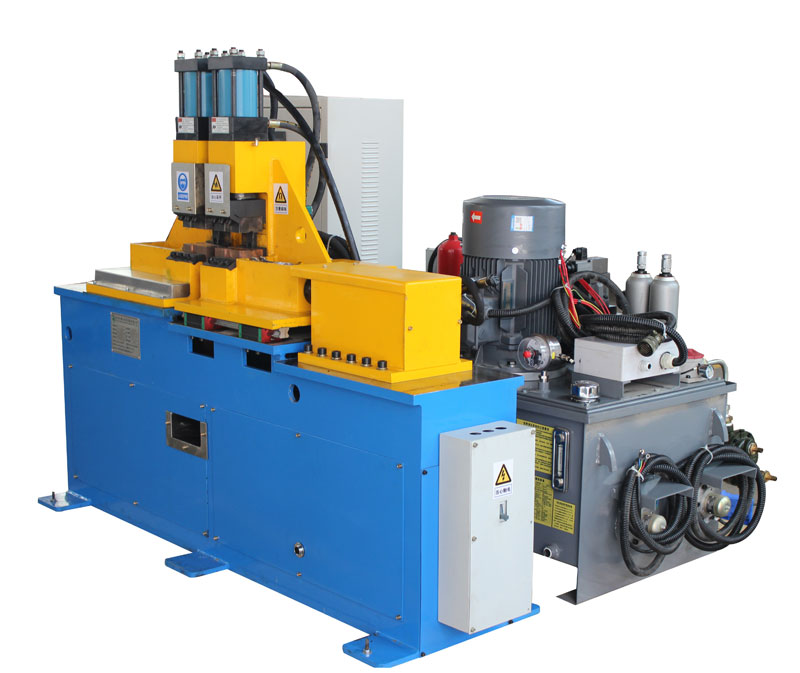Advantages and Principles of Butt Welding Machines
Butt welding machines are versatile tools widely used in the welding industry for joining metals efficiently and reliably. Understanding the advantages and principles of butt welding machines is essential for welders and professionals to appreciate their significance and optimize their welding operations. This article explores the benefits and underlying principles of butt welding machines, highlighting their role in achieving superior weld quality and enhancing metal joining processes.
Advantages of Butt Welding Machines:
- Strong and Durable Welds: Butt welding machines create welds with exceptional strength and durability. The uniform fusion of base metals ensures welds that can withstand rigorous mechanical stresses, making them suitable for critical structural applications.
- Reduced Material Distortion: One of the notable advantages of butt welding machines is their ability to minimize material distortion during welding. The controlled heat input and consistent electrode withdrawal speed contribute to reduced thermal impact on the base metals, resulting in minimal distortion or deformation.
- Versatility in Material Compatibility: Butt welding machines offer versatility in joining various metals and alloys. Whether welding similar or dissimilar materials, the butt welding process accommodates a wide range of material combinations, providing endless welding possibilities.
- Efficient Welding Speed: The precise control of welding parameters in butt welding machines allows for efficient welding speed, significantly increasing productivity. Faster welding cycles lead to improved throughput and reduced production time.
- Consistent Weld Quality: Adhering to proper welding procedures and using butt welding machines consistently delivers welds with reliable quality. The uniform fusion and minimized heat-affected zone contribute to consistent weld strength and appearance.
Principles of Butt Welding Machines:
- Butt Joint Alignment: Butt welding machines are designed to join workpieces along their edges using butt joints. Proper alignment of the workpieces is critical to ensure optimal fusion and weld integrity.
- Heat Generation and Fusion: The welding process in butt welding machines generates heat through the application of electric current. The heat melts the base metals at the joint interface, creating a molten weld pool.
- Weld Pool Solidification: As the welding current ceases, the molten weld pool solidifies and fuses the base metals together, forming a robust and continuous weld joint.
- Electrode Withdrawal Control: The speed and control of the welding electrode withdrawal play a significant role in the weld bead formation and overall weld quality. Proper control ensures consistent and smooth weld bead appearance.
- Welding Parameter Adjustments: Operators adjust welding parameters, such as welding current, voltage, and wire feed speed, based on the material type, joint design, and desired weld characteristics. Precise parameter settings ensure optimal welding results.
In conclusion, butt welding machines offer numerous advantages in metal joining processes. Strong and durable welds, reduced material distortion, versatility in material compatibility, efficient welding speed, and consistent weld quality are some of the key benefits. Understanding the principles of butt welding machines, including butt joint alignment, heat generation and fusion, weld pool solidification, electrode withdrawal control, and welding parameter adjustments, enables welders and professionals to optimize welding operations and achieve superior weld quality. Emphasizing the advantages and principles of butt welding machines fosters advancements in welding technology, supporting industries across diverse applications and sectors.
